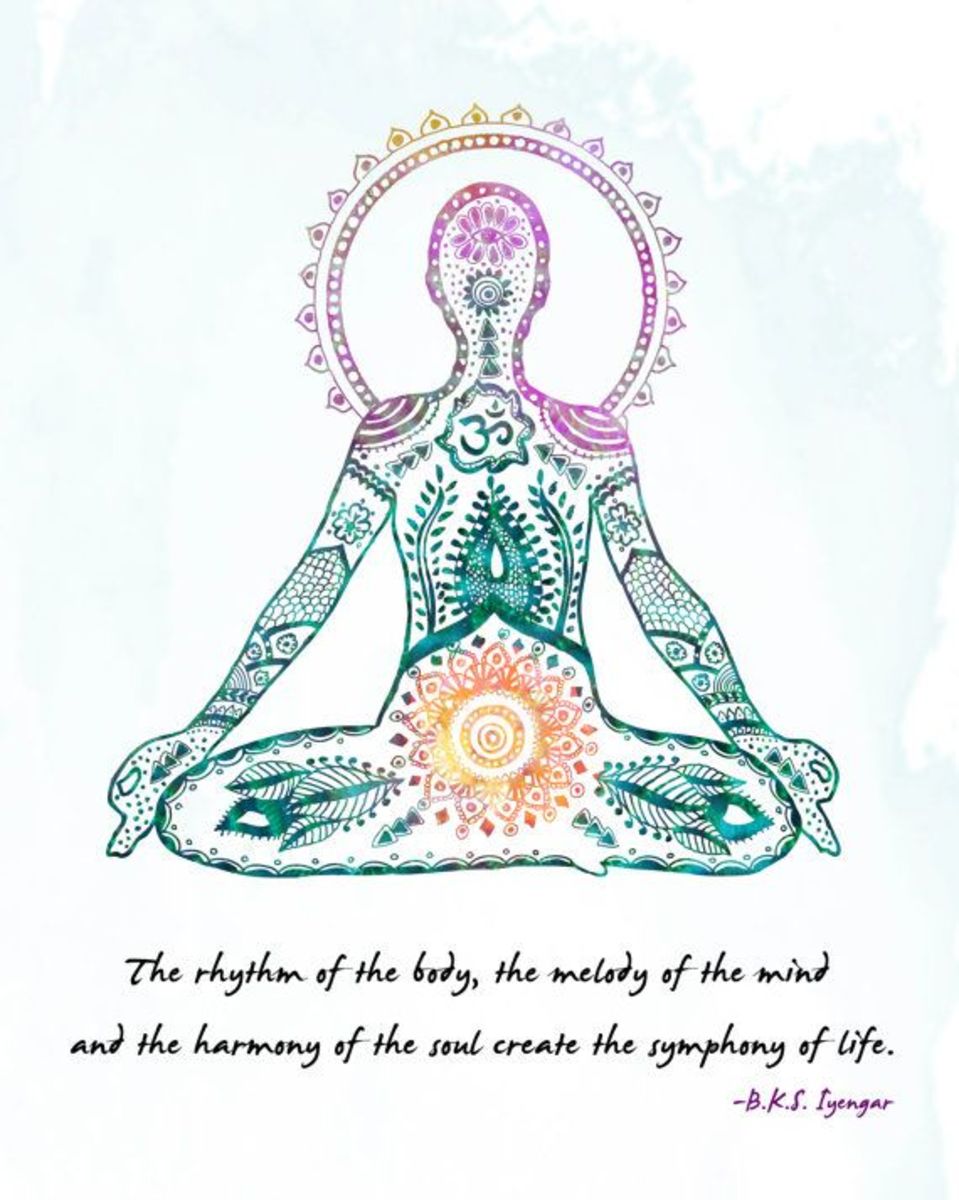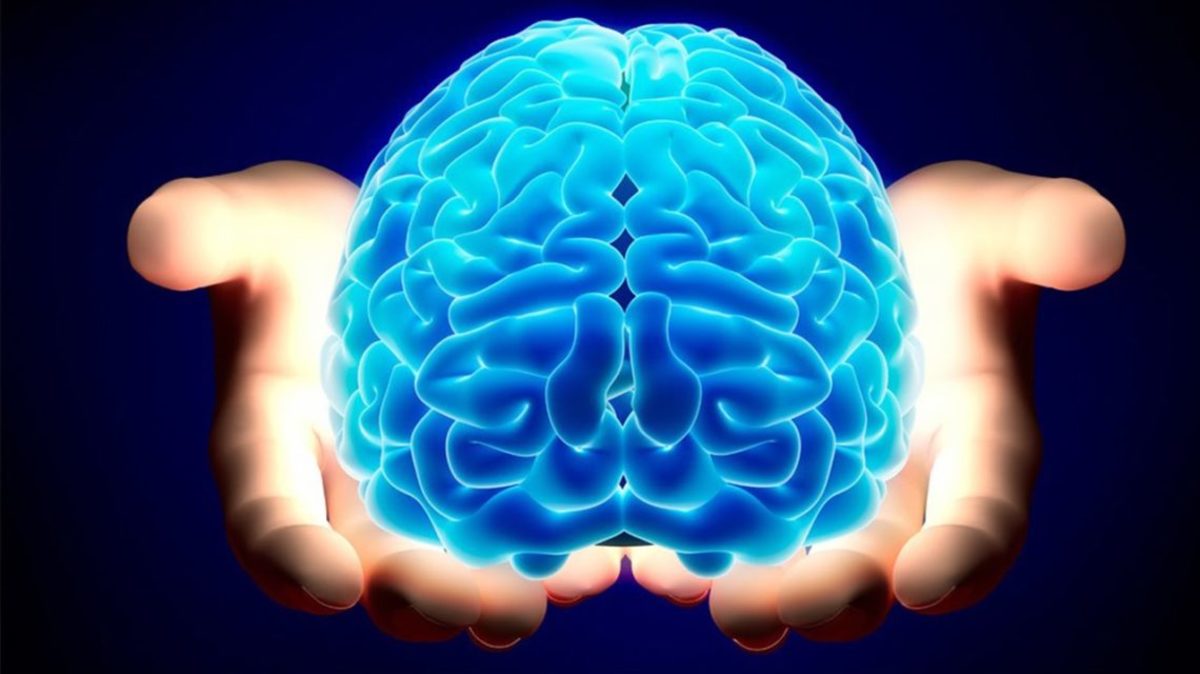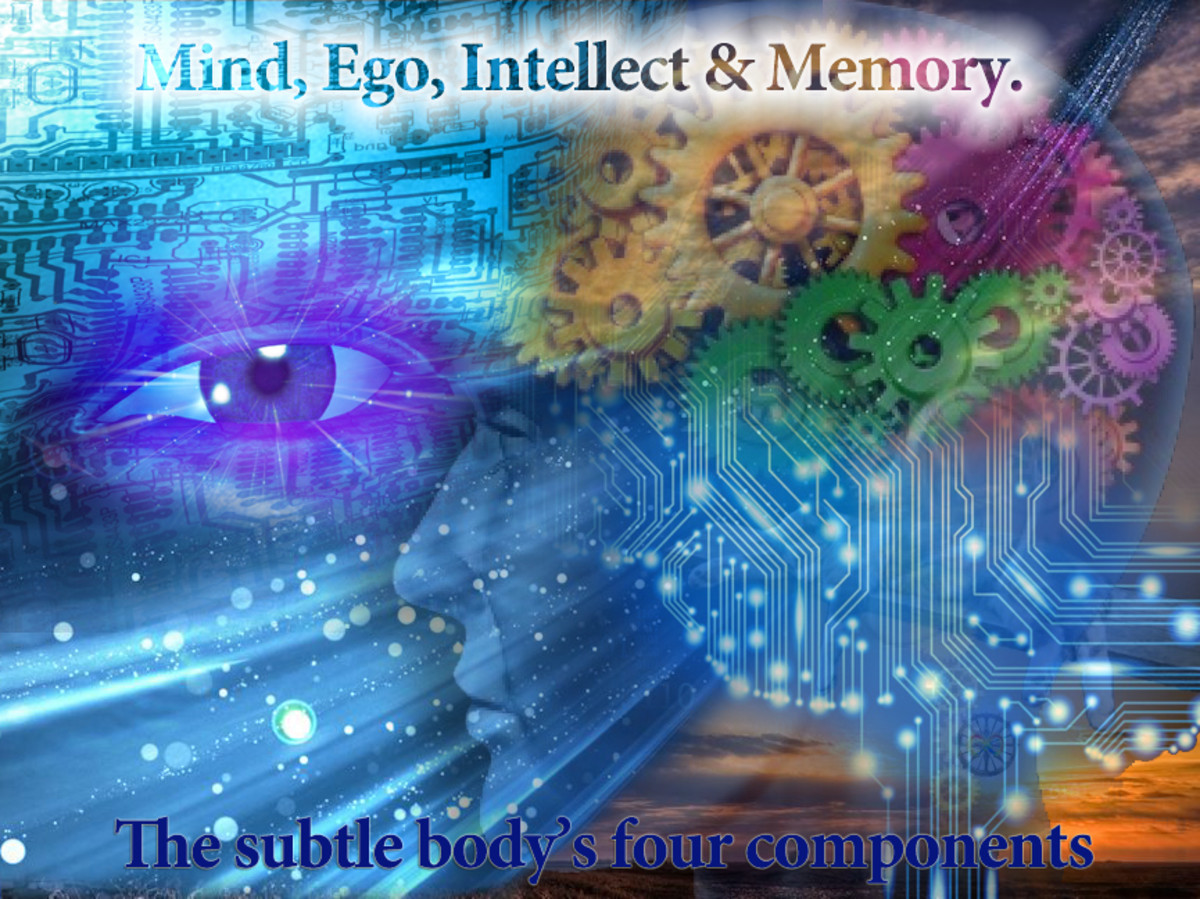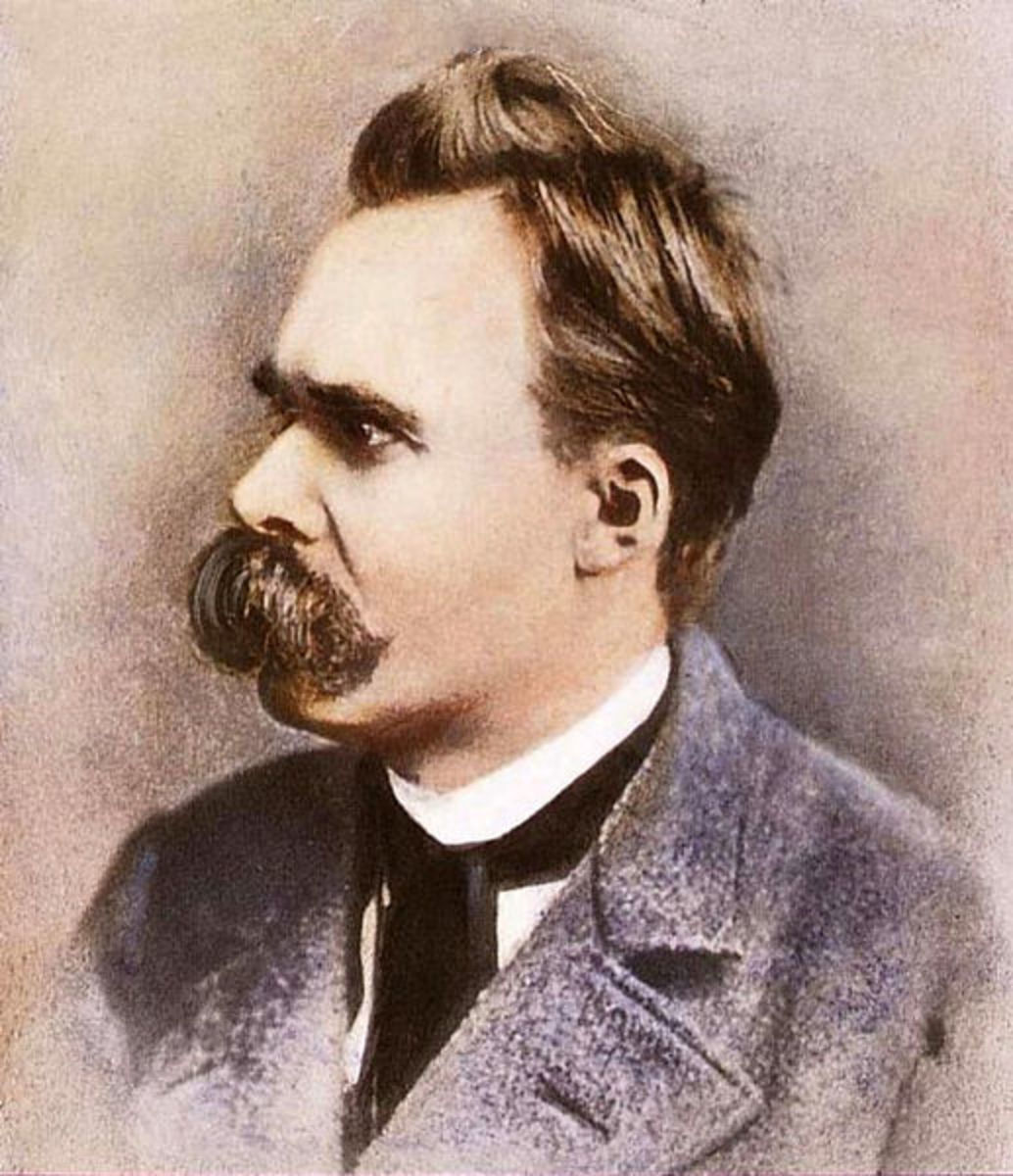YOGA AND PATANJALI
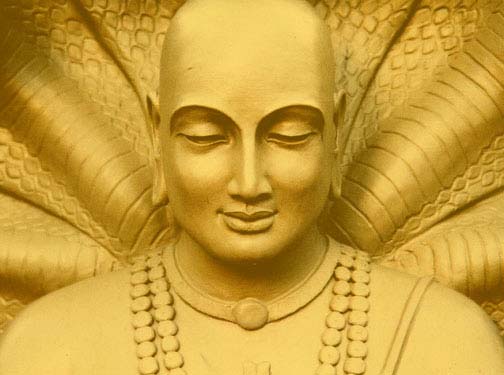
YOGA AND PATANJALI
We normally associate yoga with physical exercises and sometimes overlook the fact that that the aim of Yoga is ultimately to facilitate the union of ‘self’ or ‘ATMAN’ within us with the ‘BRAHAMAN’ or ultimate reality in its universal aspect. It is therefore a complex and integrated system, which encompasses metaphysics, ethics, philosophy of the mind and theory of knowledge
Yoga is very ancient and has many
lines of development. There is for example the yoga of adoration, the yoga of consecration,
the yoga of the name. All these were different paths to inner development.
Patanjali was not the founder of yoga. He was responsible for the
systematization of one such line of yoga.
All yoga is confined to its area of action. HATHA YOGA for example concentrates
upon the human body and RAJA YOGA, which is associated with Patanjali on the
psychophysical.
In Raja yoga the mind through severe discipline is fine tuned to the spiritual
entity found in every one. The mind is made to shed its gross nature and
acquire the nature of the spirit inside. It acquires the intrinsic freedom of
the spiritual core and radiance of the inner self. All our impressions and
reactions are ‘thought-waves’ which yoga helps in controlling. Our
character and predispositions are the accumulation thought waves. For example a
person who is normally irritable and ill tempered will be predisposed to react
in that way always. This is were yoga can help is altering this toxic behavior
pattern. Patanjali opined that when we
reach the state of perfect contemplation, we realize our true nature, which is
different from the empirical mind. The notion that we are separate and unique
individuals, give way to the understanding that the ‘ATMAN’ within us is really
nothing but the ‘BRAHMAN’ which is the all pervading reality..
PATANJALI’S YOGA SUTRAS
Patanjali expounds this in 195
aphorisms in his treatise, which is more a ‘how-to-do guide’ rather than a
philosophical tract.
The work however derives its philosophical inspiration from the SAMKHYA school
of Indian philosophy.
Book 1: SCOPE OF TE WORK
- What is Yoga
- It’s aim
- Starting and culmination
- States of consciousness.
- This is called SAMADHI PADA
Book 2: GENERAL PRINCIPLES
- Why is yoga necessary
- Compulsions that force one to adopt it
- What are the steps taken
- This is called SADHANAPADA
Book3: DESCRIPTION OF THE STEPS ADOPTED
· External steps
· Internal steps.
· This is called VIBHUTI PADA
Book4: PHILOSOPHICAL PROBLEMS ENCOUNTERED AND ITS TREATMENT
· Desire
· Ego
· This is called KAIVALYAPADA
MENTAL AND MORAL PURIFICATION
Patajnali recognizes and accepts the fact that man is basically unhappy and unable to tap his full potential. He is entangled in a complex web of desires, and limitations, actions and reactions. Patanjali held the view that before man could remedy his condition he has to undergo mental and moral purification for which he formulated the ten-fold restraining path called ‘YAMA’ and injunctions called ‘NIYAMA’. They are:
a. AHIMSA: abjuring violence in thoughts, words and deeds.
b. SATYA: steadfastness in truth.
c. ASTEYA: abstaining from coveting what rightfully belongs to another.
d. BRAHMACHARYA: restraining and not wasting the sex-force to remain focused.
e. APARIGRAHA: controlling greed and refraining from excessive self-indulgence.
f. SAUCA: observance of physical and mental purity.
g. SANTOSHA: contentment, which arises from keeping the mind free from stressful thoughts.
h. TAPAS: marshalling and focusing one’s forces through austerity for achieving the purpose visualized.
i. SVADHYAYA: studying relevant and authentic scriptures.
j. ISVARA PRANIDHANA: surrendering and adoring the divinity enshrined in all of us.
YOGIC PRACTICES: ASANA The best asana according to Patanjali is were one finds themselves steady and at ease.
PRANAYAMA
There is a subtle, but profound linkage of the life force with the body and mind. By having control over breath, a person can have hold over the state of the body and mind. This is achieved by regulating the breath while inhaling and exhaling it. This is called PRANAYAMA which harmonizes the body system. Patanjali held the view that PRANAYAMA cleanses the nerve channels (NADI) which results in the mind gradually getting detached.
These steps, which are external, are called ‘BAHIRANGA’ limbs of the yoga and unless the ANTARANGA or internal steps follow, the full efficacy of yoga fails to materialize. The most basic of the internal process is DHARANA or concentration. Here the individual focuses the mind on a form, idea or even goal which symbolizes the reality that is sought. The mind gradually withdraws from other activities.
Once this process is initiated and accomplished the mind begins to contemplate. This is called DHYANA. The mind now delves into the nature of the object, the truth it symbolizes and its relationship. This is an enlightening process, because as it progresses the mist of ignorance that divides the subject and the object fades away and results in an alternate state of consciousness. We come across newer layers of consciousness, that we never knew and the mind slowly becomes still and silent, which is the result of the greater awareness of the luminous soul within.
When a person reaches these higher levels of consciousness latent powers hitherto unknown and unsuspected become activated. Conquest of hunger and thirst, knowledge of other minds are just stray examples of this. This however is not the objective of yoga. They are just symptoms of progress, with the ultimate objective being SAMADHI were one loses the notion of separate identity from that of the object contemplated.
Of the many levels of SAMADHI, only NIRVIKALPA are without seeds. Which means that in all other kinds of SAMADHI there is no total elimination of our desires or attachments. Our actions are therefore subject to the cosmic law of KARMA and therefore have their repercussions. Only when we attain NIRVIKALPA SAMADHI, or the purest level of contemplation, are we released from this eternal cycle of karma.
Though to attain self-dissolution, Patanjali gives special prominence to Isvara, or ‘God’ or ‘personal deity’ he is surprisingly tolerant and believes that that the union with Brahman can be achieved without devotion to Isvara too. It is this, which explains the mass appeal of Patanjali’s YOGA cutting across different cultures.

